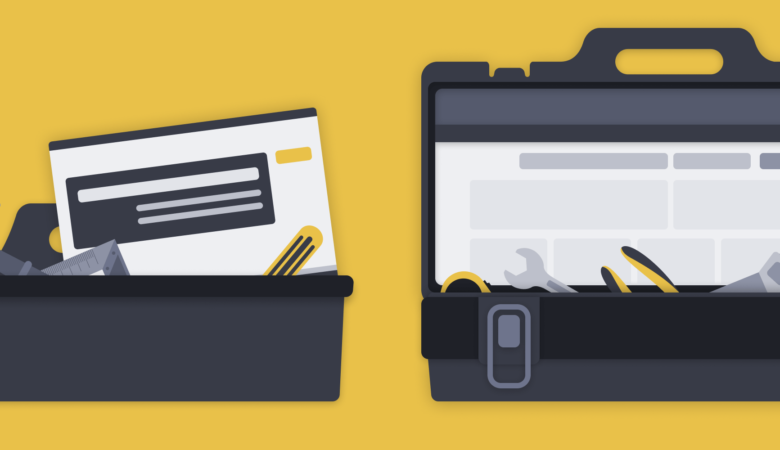It never feels good when your website goes down or suffers a massive error, but no matter how much time, money, and effort you place into maintaining site uptime, downtime happens.
By preparing for the worst, you can minimize any potential damage to your revenue stream, and your reputation. And part of that preparation is knowing what to do when your site goes down. (Running in circles screaming is not an option!)
5 things to do when your website goes down
1. Double check to make sure that it is down
Oftentimes reported downtime is an isolated user issue beyond your control, such as local internet connectivity failure, cached website data, or a weather related event. Possibly aliens.
But don’t just take their word for it – you can try to access the site for yourself after clearing your cache, or use our free Website Uptime Check Tool and see where in the world your website is having trouble.
2. Notify your contacts
When a problem occurs, you have to be able to communicate information quickly, and effectively. By having an established protocol and list of contacts to reach in the event of website failure, you can minimize confusion and focus on getting back online as quickly as possible.
Some parties you may want to reach:
- Data center representative
Your data center rep should have some insight to whether there is a major problem occurring within the data center, such as: network connectivity problems, power failure, etc. - Programming team
You may want to contact the programming team so that they are prepared to make emergency fixes, or even roll back to an earlier version of the website until the problem can be rectified. - Marketing team
The marketing team is most likely in constant communication with your customers, so they will want a heads up in order to prepare a downtime announcement. - Support team
Like the marketing team, the support team is in constant communication with your customers. They’ll want to know if there is a problem/a solution to the problem so that they can ease any customer concerns.
3. Identify what caused the downtime
One of the most irritating aspects of downtime is the amount of legwork that needs to be done to find the root cause of the problem. You have to figure out whether it was caused by:
- User error
- Server problems (power, network, performance)
- Programming errors
- DNS/domain issues
- A myriad of other potential causes, including alien abduction
If you don’t have long-term performance data to help you perform a root-cause analysis, troubleshooting can take a while. And as we’ve stated before in a post about optimizing your website for conversions, 80% of users who launch a website and have a bad experience aren’t likely to return.
So what can you do to minimize your troubleshooting time?
By investing in a tool like Uptrends Website Monitoring, you can take some of the legwork out of the picture. It monitors your website uptime and performance 24/7, capturing real-time user data, and displaying it in a series of robust, customizable dashboards that help you perform advanced root-cause analyses.
4. Put up a stop-gap fix
Once you are aware of what caused your website downtime, you’ll want to work quickly to enact changes. But be cautious! You don’t want to make the problem worse by releasing a fix that actually breaks things further.
While working on fixes you may want to: 1.) Redirect users to a secondary website, or 2.) Roll-back to a previous version. That way your users experience minimal service interruption, and you can work with a little less pressure.
5. Develop and push out an update
Now that you have found the problem, notified the appropriate parties, and put up a stop-gap fix, you can develop and push out an update that revives your downed website. Good luck!





Leave a Reply